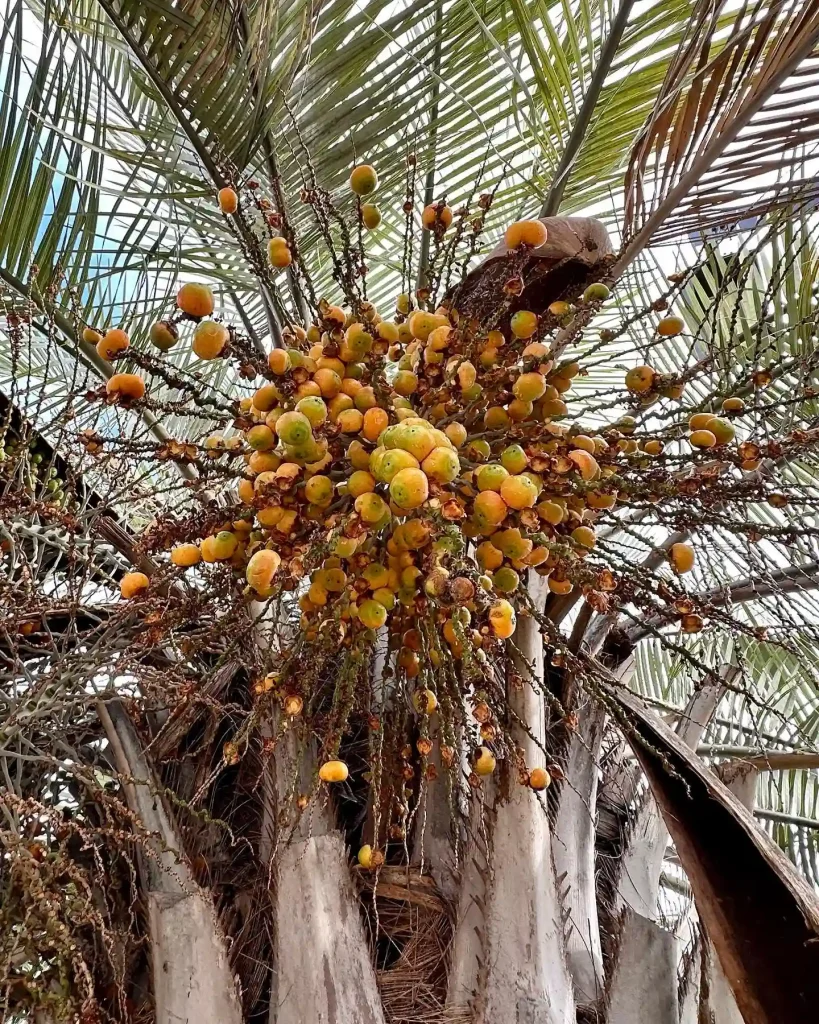Exploring the Lonchitidaceae Family: A Deep Dive into Lonchitis
When I first stumbled upon the Lonchitidaceae family, I was intrigued by its uniqueness and the singular genus it encompasses—Lonchitis. This family, though not widely discussed in the broader botanical community, plays a fascinating role in the plant kingdom, particularly in the context of ferns. In this article, I want to share my insights and experiences related to Lonchitis and the broader implications of the Lonchitidaceae family.
Understanding the Lonchitidaceae Family
Lonchitidaceae is a lesser-known family within the Pteridophyta division, which includes ferns and related plants. The primary genus within this family is Lonchitis, known for its distinctive morphological features. These plants are mostly found in temperate regions, where they often inhabit damp, shaded areas, making them a common sight in forest understories.
What struck me most about Lonchitis is its adaptation to various environments. The family exhibits a range of forms, from creeping to erect growth habits, often characterized by finely dissected leaves. This diversity allows them to thrive in different ecological niches, showcasing nature’s ingenuity in adaptation.
2 Species in Genus Lonchitis
- Lonchitis hirsuta: Also known as the “Hairy Tree Fern,” Lonchitis hirsuta is a unique fern species found in tropical regions of Central and South America. Its most distinctive feature is the presence of coarse hairs on its fronds, giving it a rough, textured appearance that adds visual interest to shaded garden areas or naturalistic plantings. The fronds are typically bright green and leathery, with a dense, almost shrub-like structure, which provides a lush, tropical feel. Lonchitis hirsuta prefers moist, well-drained soil and thrives in high humidity, making it ideal for rainforest understory environments. This fern is known for its resilience and adaptability, able to establish itself in challenging conditions as long as there’s sufficient shade and humidity.
- Lonchitis occidentalis: Native to the warm, humid forests of Central and South America, Lonchitis occidentalis is a rare and relatively lesser-known fern species within the genus. It features finely divided fronds that are generally more delicate in texture compared to L. hirsuta and lacks the same level of hairiness. Instead, L. occidentalis has smoother, pinnate fronds with a feathery quality, adding a light, airy touch to forested landscapes. This species also requires moist, shaded environments with good air circulation to prevent fungal issues common in humid habitats. While not widely cultivated, Lonchitis occidentalis is appreciated by fern enthusiasts and botanists for its unique adaptations to tropical climates and its subtle beauty in natural settings.
Ecological Importance of Lonchitis
The ecological role of Lonchitis and its relatives in the Lonchitidaceae family cannot be overstated. These plants contribute to biodiversity by providing habitat and food for various organisms, including insects and other small wildlife. During my hikes in temperate forests, I’ve often noticed how Lonchitis species serve as a crucial part of the understory ecosystem.
Moreover, the presence of ferns like Lonchitis plays a role in soil health. Their root systems help prevent soil erosion by stabilizing the ground with their extensive networks. This aspect is particularly important in forested areas where soil loss can lead to significant ecological consequences.
Cultivation and Care
While Lonchitis plants are primarily wild ferns, I’ve also explored the possibility of cultivating them in gardens or indoor environments. They thrive in well-draining, moist soils, making them an excellent choice for shaded garden areas or as houseplants. One thing I’ve learned is that maintaining the right humidity level is crucial for their health.
In my experience, creating a microclimate with consistent moisture and humidity has led to healthier plants. I often mist the fronds or use a humidity tray beneath the pot to ensure they receive the moisture they need. Additionally, ensuring that they have indirect sunlight helps prevent leaf burn, allowing them to flourish beautifully.
Conclusion: Embracing the Beauty of Lonchitidaceae
The Lonchitidaceae family, particularly the genus Lonchitis, embodies the beauty and complexity of ferns. My explorations and experiences with these plants have deepened my appreciation for their ecological roles and adaptability. As I continue my botanical journey, I hope to share the wonders of this family with others who might be intrigued by the less-known yet equally important members of the plant kingdom.
In a world where many plants receive attention, I find it essential to highlight the beauty of families like Lonchitidaceae. Their contributions to ecosystems and the aesthetic value they add to our natural environments deserve recognition. By understanding and appreciating these plants, we can foster a greater respect for the biodiversity that surrounds us.
If i die, water my plants!



